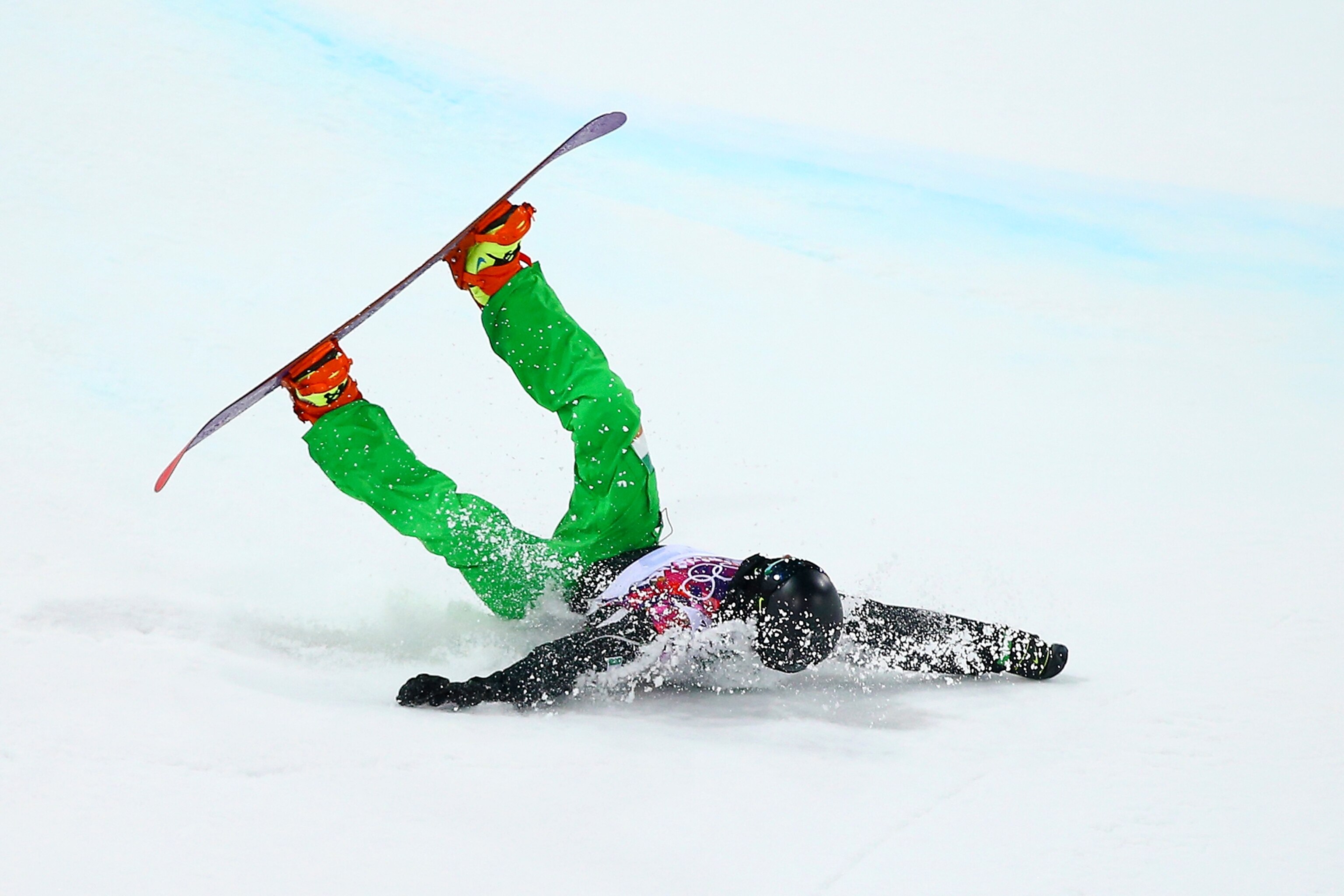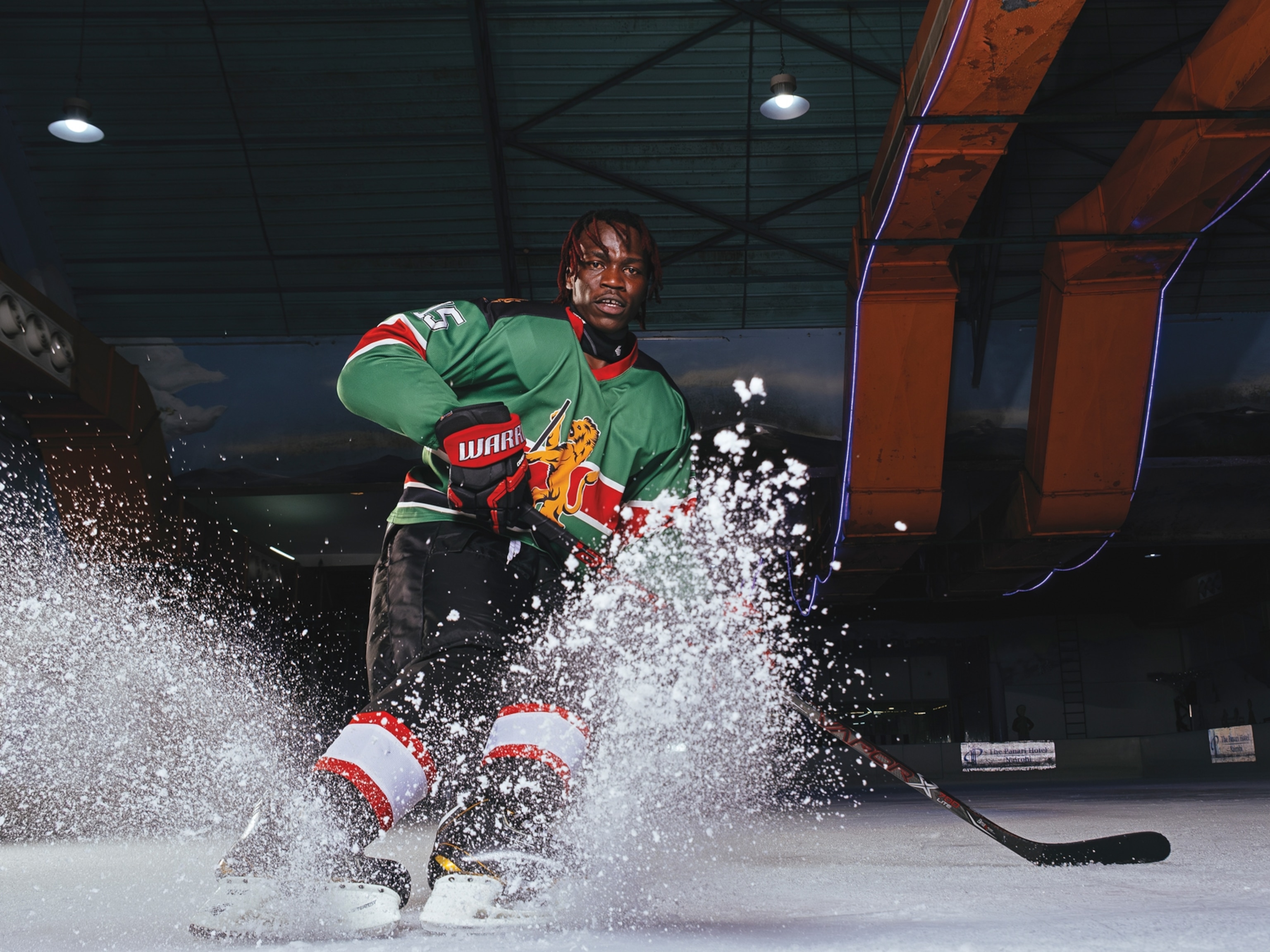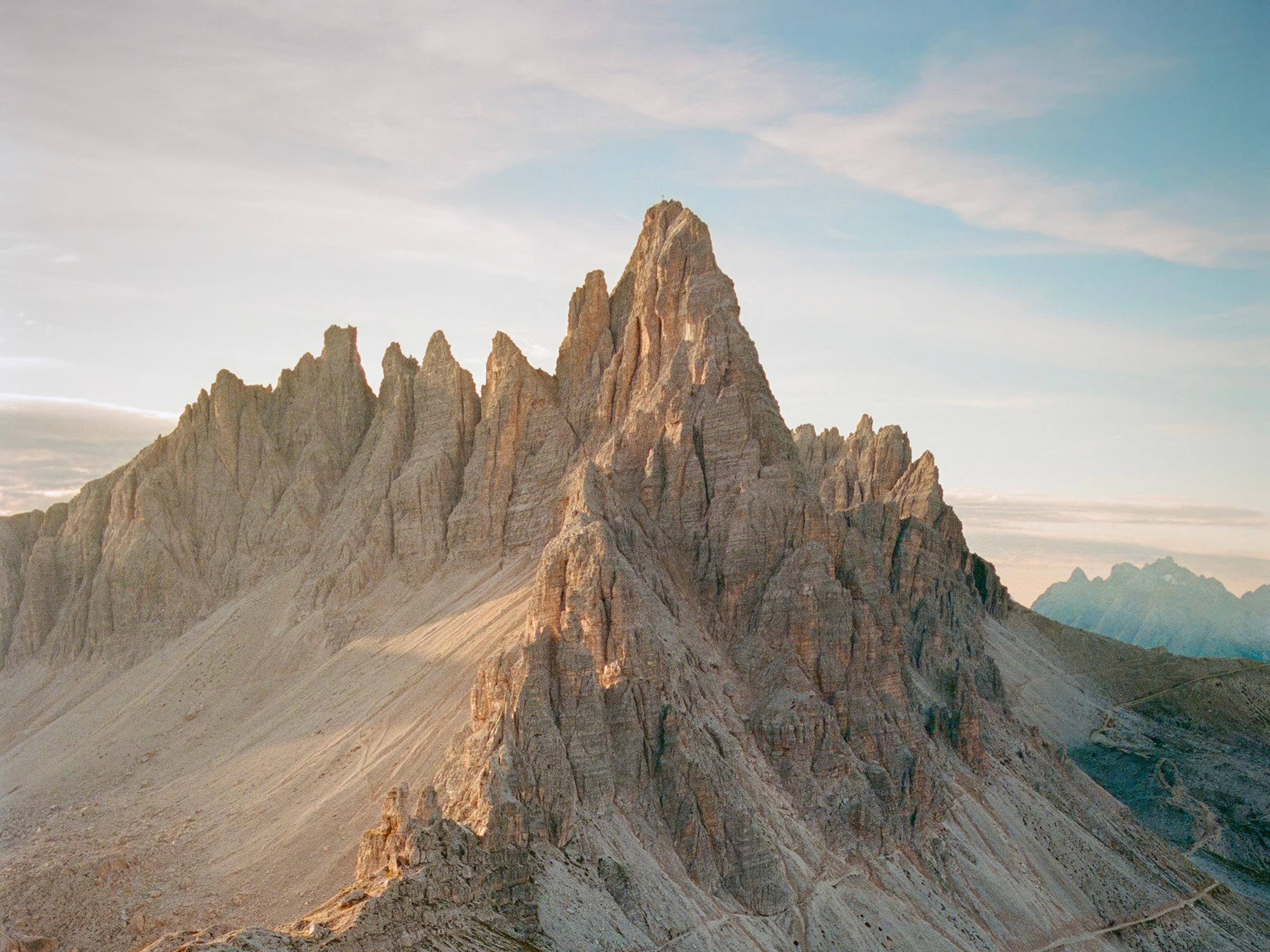
Slushy Sochi: Warm Weather Shows Challenges of Subtropical Snowmaking
Some athletes are voicing concerns about what they say are dangerous conditions.
It's slushy in Sochi.
Athletes at the Winter Olympics are voicing concerns about safety hazards presented by melting snow, with American snowboarders Shaun White and Hannah Teter citing conditions on the halfpipe.
"It is a little dangerous," Teter said in an interview with USA Today this week. "I saw more people fall today than I have all season."
Gold-medal skier Bode Miller, meanwhile, expressed anxiety about ski slope conditions on Sunday after he and ten other skiers abandoned their practice runs to avoid injury.
"If you are not totally focused and paying attention, this course can kill you," Miller told the BBC.
Several training runs were canceled this week because of melting snow.
The balmy weather is hardly unexpected in subtropical Sochi, a Black Sea resort town whose roads are lined with palm trees. (Related: "What You Don't Know About Sochi.")
Organizers crossed their fingers and hoped weather would stay cold in the snow-capped Krasnaya Polyana Mountain Cluster, 26 miles (41.8 kilometers) northeast of Sochi, where the snowboarding, skiing, bobsledding, and other outdoor Olympic events take place.
Mother Nature had different plans, pointing up the limits of producing and maintaining artificial snow.
"The first weekend the snow venues were outstanding," said Joe VanderKelen, president of the Michigan-based company Snow Machines, Inc., which provided 400 snow machines to Sochi. "There was blue sky, cool conditions, snowy peaks—it looked fabulous.
"But the temperatures lately have been closer to 10°C [50°F]," he said, "which means there has been some melting going on."
Snow Reserves at the Ready
Each of VanderKelen's machines can produce a maximum of 45.4 cubic meters (12,000 gallons) of snow per minute if the weather outside is colder than -1°C (30.2°F).
The Sochi Olympic snow team used the machines to layer the slopes with artificial snow in December, but they haven't been turned on since.
"The Olympic snow team hasn't needed to create additional snow for the courses," said Mikko Martikainen, the official snow consultant for the Sochi Olympics.
The one exception is the RusSki Gorki Jumping Center, where 600 cubic meters (158,503 gallons) of snow were added during this week's warm spell.
"All of our other venues had the snow they needed when the games started," said Martikainen. "December was a cold month and allowed the snowmaking systems to create the necessary amount of snow."
If they need more, Martikainen can tap Sochi's snow reserves, which contain upwards of 710,000 cubic meters (187,600,000 gallons) of snow. The snow would be used to layer the mountains, evoking memories of the snow-hauling helicopters in the 2010 Vancouver Winter Olympics.
As of Thursday, the snow preparation team has only used the reserves to make a base layer of snow before the Olympics started, Martikainen said, disputing media reports of more widespread use of the reserves.
"Yesterday on the ski jump and nordic tracks it was 14°C [57.2°F] outside," he said. "We had a perfect track with compact snow that managed very well."
There have been complaints about the ski jump, with Kamil Stoch, a gold medalist from Poland, and Russian Mikhail Maksimochkin injured at the RusSki Gorki Jumping Center on Wednesday night. But it's unclear if their crashes were related to melting snow.
Snow Maintenance
Making snow in warm weather is only half the battle. After it's added to the slopes, course preparation teams apply water and chemicals or dry ice to prevent the white stuff from melting.
The Winter Olympics have long employed snow preparation experts, with different teams assigned to manage the various snow event hubs at Krasnaya Polyana and other sites around Sochi, including Esto-Sadok, the Rosa Khutor Alpine Center, and the Laura Cross-country Ski and Biathlon Center.
Course preparers are in charge of technical issues at each venue, including slope and track maintenance at all snow-based events. This week, they could be seen on TV spraying water on the halfpipe before the final men's snowboarding event.
"It was very rainy before the final competition, but we decided it was safe enough to run the competition," Martikainen said. "The course preparation team added water and salt-based chemicals to the track."
Those chemicals are used to harden wet snow. If too many are applied, though, the snow dries out and turns brittle. Not enough chemicals and the slopes turn to slush.
Fortunately for the athletes, Sochi's slush may be on its way out. Warm weather is predicted to continue through Friday, but colder temperatures are forecasted through the weekend.
National Geographic coverage of Sochi 2014:
- National Geographic magazine: "Putin's Party"
- What You Don't Know About Sochi
- Sochi Olympics: Russia Builds a Mountain
- Meet the Animals Behind the Mascots of the 2014 Winter Games
- Sochi Powers Up: Bringing Energy to Site Olympic Feat
- Stray Dogs in Sochi: What Happens to the World's Free-Roaming Canines?
- Your Shot Photos From Sochi 2014




